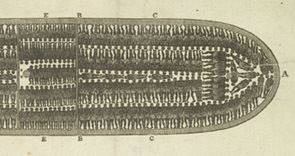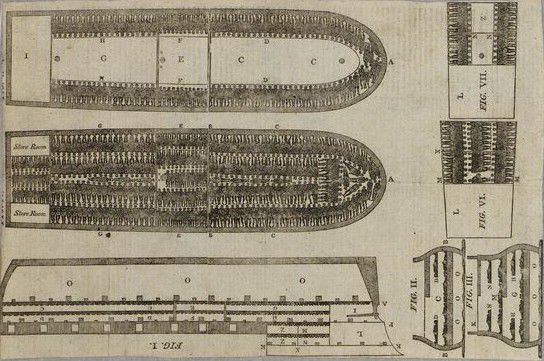 | ||
The Brookes was a British slave ship of the 18th century that became infamous after prints of her were published in 1788.
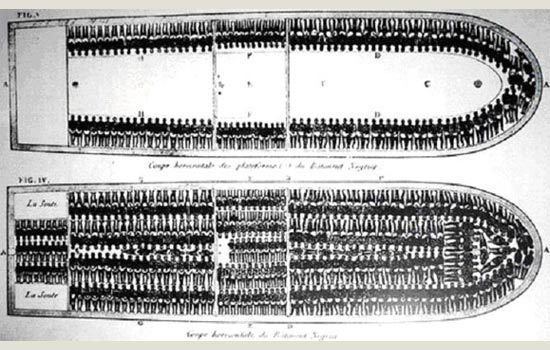
An engraving first published in Plymouth in 1788 by the Plymouth chapter of the Society for Effecting the Abolition of the Slave Trade depicted the conditions on board the Brookes and has become an iconic image of the inhumanity of the slave trade.
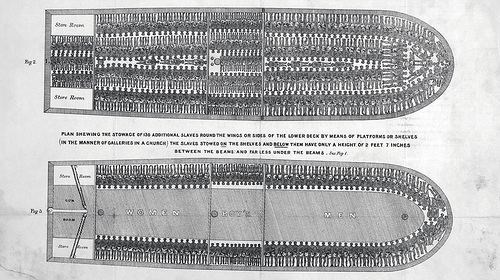
The image portrayed slaves arranged on the ship's lower deck and poop deck, in accordance with the Regulated Slave Trade Act of 1788. The Brookes was reportedly allowed to stow 454 African slaves, by allowing a space of 6 feet (1.8 m) by 1 foot 4 inches (0.41 m) to each man; 5 feet 10 inches (1.78 m) by 1 foot 4 inches (0.41 m) to each women, and 5 feet (1.5 m) by 1 foot 2 inches (0.36 m) to each child. However, the poster's text alleges that a slave trader confessed that before the Act, the Brookes had carried as many as 609 slaves at one time.
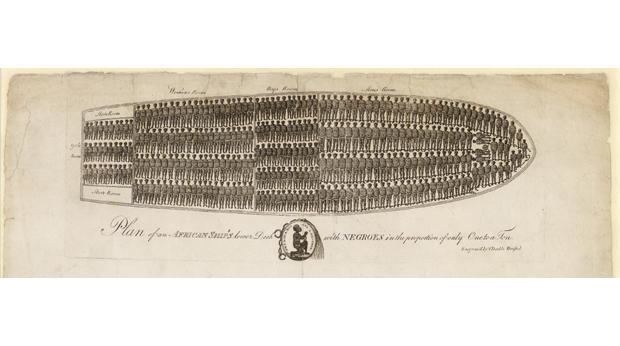
Other records indicate several other problems with the image. 1) The image portrays 487 slaves while on the voyage prior to when the measurements were taken the ship held 638 persons, the next journey 744, and the journey following the measurements, 609. 2) The planking as depicted on the outside of the ship is disproportionately too thick. 3) Stowage of slaves on multiple layers of decks does not allow for the storage of water and provisions, which was the common practice. 4) No deck hatches are illustrated, only small ladders. There would be no way for the ship to load and unload provisions, especially for the legs of the voyages with no slaves aboard. Despite these flaws this image has become the one most used to depict conditions on a slave ship over that of many other more accurate images.
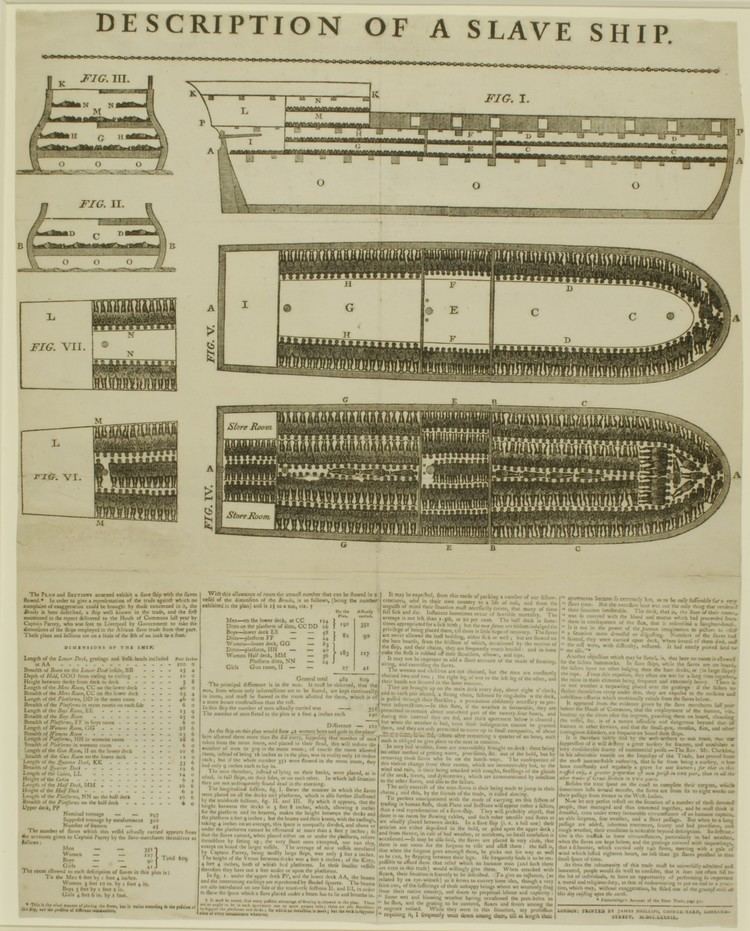
Other physical objects that also were part of slave ships are not depicted. Slave ships had security features to keep the crew safe from their human cargo, such as barricade or wall to separate them while outside; nets alongside the ship to prevent slaves from jumping overboard; and armaments to keep the ship from being taken by other ships, such as swivel guns. Below deck bulkheads to separate women and children from men should be shown. The bulkheads allowed for more orderly unloading of the ship, portion by portion, and to allow smaller groups of captives out to "dance" or "exercise" which was crucial for survival. Below deck, portholes were common to allow more ventilation, while outside of the ship sails positioned alongside funneled air below. These special sails made it easy to identify a slave ship at sea. Above deck, there would be a large cook stove to create the slave meals of commonly rice and beans.
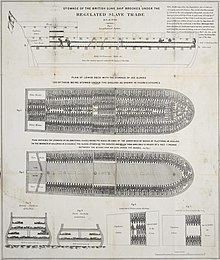
In July 2008, students and staff at Durham University in northeast England re-created the image of the Brookes print to draw attention to the atrocities of the middle passage, in an exercise that involved lying on the ground in a manner similar to the slaves arranged on the Brookes.
